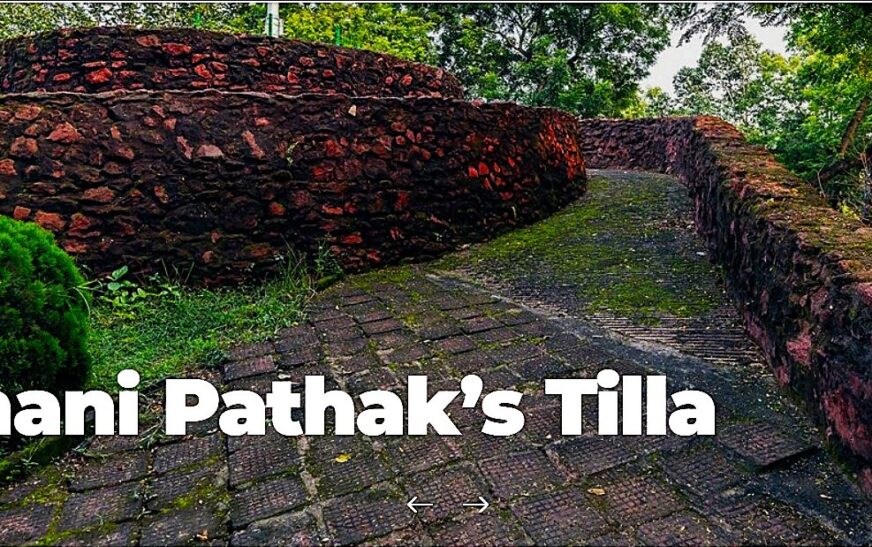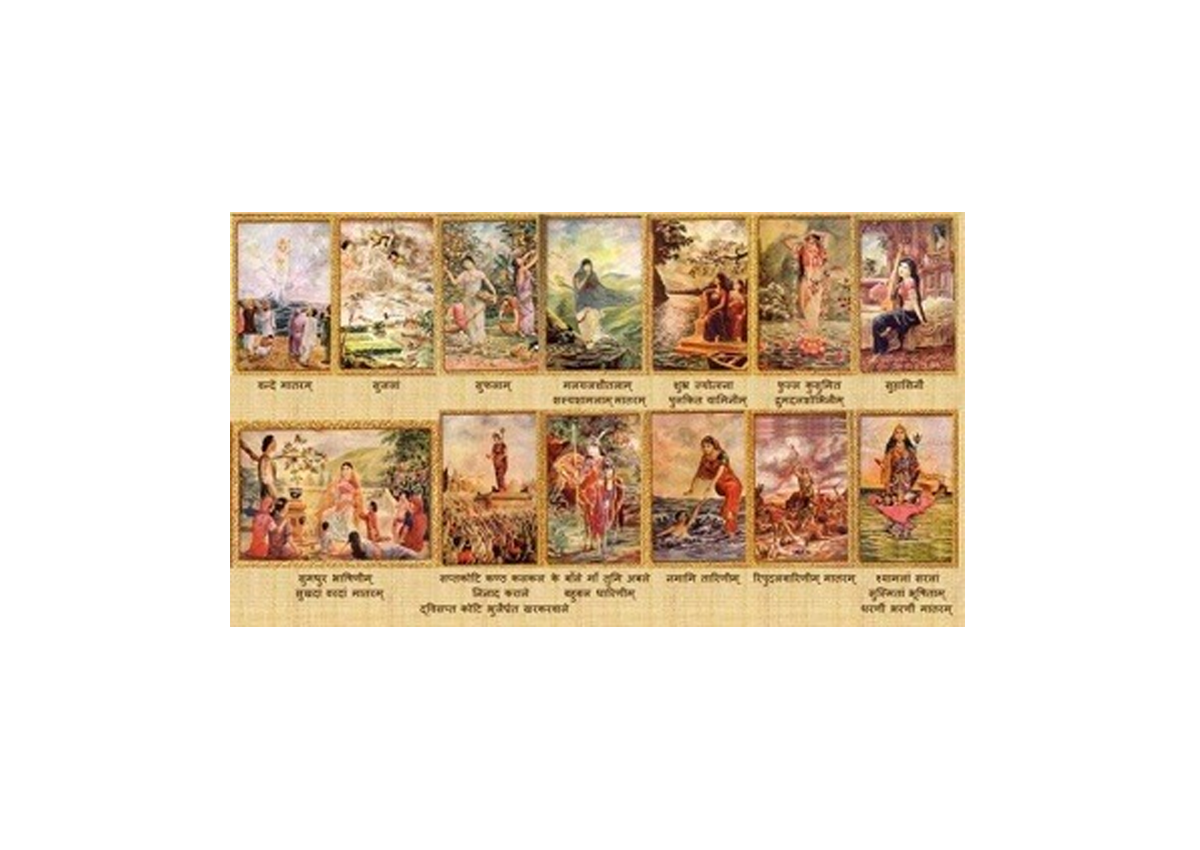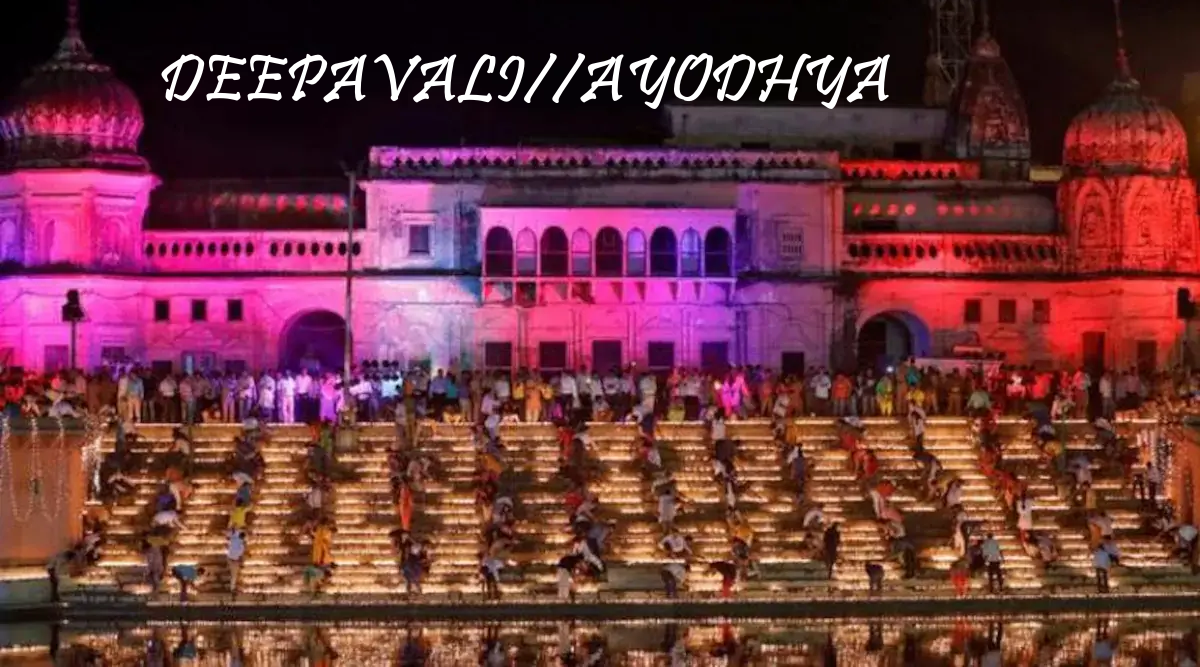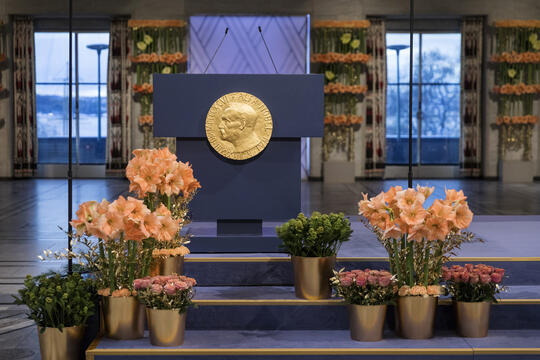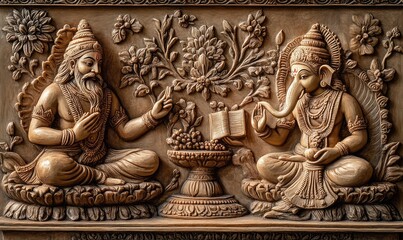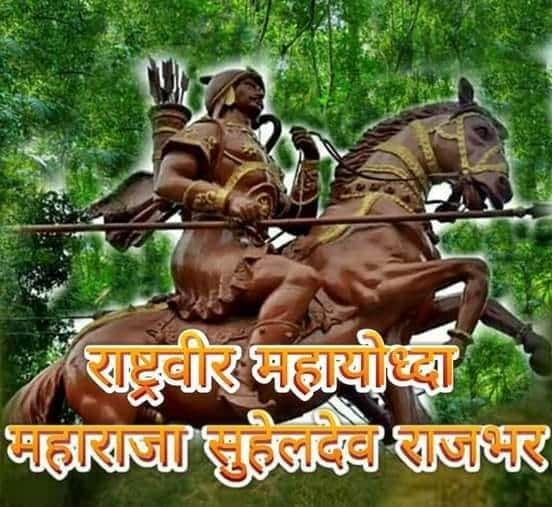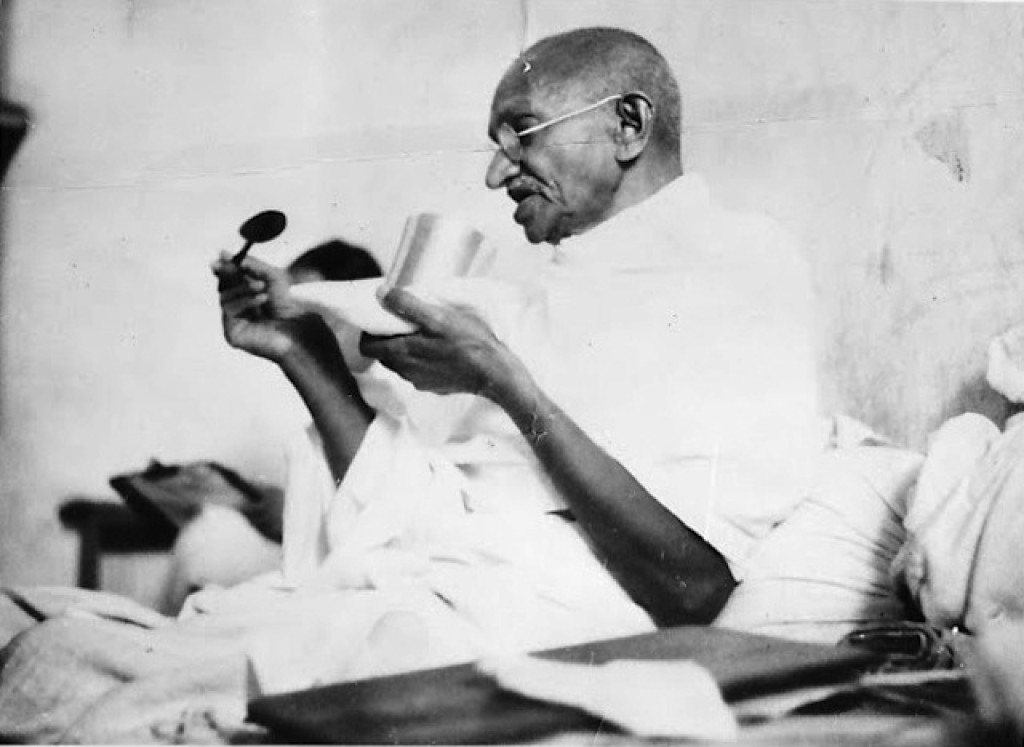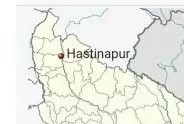SAFFRON SWORDS
SANNYASI BIDROHA
BENGAL—”1763-1800”
SARASIJ MAJUMDER
BACK GROUND:
The primary Mughal Farman for the British East India Company ( EIC ) was issued in 1717 by Emperor Farrukh Siyar and is known as the “Magna Carta of the Company”. This royal decree granted the Company significant trade concessions, including duty-free trade in Bengal for an annual payment of 3,000 MOHARS (1Mohar =1 Vori Gold Coin), the right to issue passes (Dastaks) for goods transportation, and permission to rent more land around Calcutta. These privileges were extended to Surat and other regions, establishing the Company’s dominance and weakening the control of local rulers.
Nawab of Bengal defied this, attacked EIC which ultimately was decided in ‘BATTLE OF PLASSY’.
Robert Clive by debauchery, bribe, and deceit defeated Nawab of Bengal in 1757 in the infamous battle of Plassey, and very fast took military control of Sube Bangla.
The crucial Farman for the British after 1757 was the Farman of 1765 issued by Mughal Emperor Shah Alam II, which granted the Company the Diwani (the right to collect revenue) of Bengal, Bihar, and Orissa, and also formalizing their gains after the Battle of Buxar, where ‘MIR QASIM’ lost the final battle against EIC. Lord Clive secured the Farman on August 12, 1765.
This Farman is also known as ‘Allahabad Treaty’.
This Farman legalised the Company’s control over Bengal’s administration and revenue, establishing a “dual system” and making the Mughal Emperor just a figurehead only.
Now, EIC became ‘Ruler of Sube Bangla’, with complete authority, and independence.
Thouh started before getting Forman, EIC now speeded up oppressive Land Reformations, and imposed new Revenue collection system. Earlier, following Rana Todarmalla’s doctrine, Tax was collected from the village, but now it is collected from Individuals. As a result, even a somewhat solvent Farmer became first Poor, and then a Begger.
The Company’s exploitative land reformation policies, coupled with high revenue demands and forcible collections, started crippling the economic system and resources of the rural population of Sube Bangla, or later known as Bengal Presidency.
It was then customary for the ascetics to collect a “religious donation” from local rich Land Owners. However, the East India Company’s increased tax collection made it impossible for these land owners to pay both.
Hindu Naga and Giri Sanyasis, always armed, rebelled when they were restricted from visiting holy sites.
The East India Company’s attempts to ban the traditional practice of tax collection and streamline revenue collection from the Sanyasis and Fakirs caused discontent among them. Remember—there were a part of the MONKS, who were Marshal, and armed with traditional weapons like ‘TRIDENT’. It started from the period of Delhi Sultanate and mentioned in “RAJ TARANGINI”, composed by KALHAN.
THE BEGINNING:
These Monks, took up arms against British platoon, accompanying the Revenue collection team of EIC. Open Skirmishes took place, and Guerilla warfare started.
A failed monsoon in 1769 led to a severe drought and two consecutive failed rice crops, a staple food of Bengal, started the Famine, known as GREAT BENGAL FAMINE OF 76 (Bengali year 1176). EIC continued oppression and did nothing to contain the Famine.
Caused by drought and the British East India Company‘s harsh land revenue policies and speculative hoarding by merchants, the famine led to widespread starvation, social disruption and death.
Merchants and traders, including those associated with the Company, were said to have hoarded grains, driving prices up and making food unaffordable for many.
About 10 million people, or one third of total population died of hunger. Many migrated, and the number of villages were abandoned.
The people joined in the rank and file with the warring MONKS, further igniting and spreading the ‘BIDROHA’.
Thus, shortly, within 12 years of Battle of Plassey, EIC faced the first Bengal uprising against EIC, known as ‘Sannyasi Bidroha’.
THE DEVELOPMENT:

The rebellion was led by prominent figures such as Kali Sadhok and Pandit Bhabani Charan Pathak and Majnu Shah, a Madaria Sufi saint from Mewat. The rebellion was primarily a protest against the British East India Company’s oppressive taxation policies and exploitative land regulations. Pathak, Shah and other leaders led combined groups of ascetics and peasants in guerrilla-style attacks on British officials and establishments. After death of Bhabani Pathak, his disciple Devi Choudhurani continued to lead from the front.
Under their leadership, armed Sannyasis took control of the hoardings, and some of the EIC’s treasury and Armory were also forcibly taken under control. Food grains /money thus collected, were distributed to the poor. Britishers painted the rebellious Monks, and Fakirs as Decoites!?! What an irony!
Leader Bhabani Pathak was a LEGEND, an warrior Monk and never a Decoit. He had a historical basis and was a Bhumihar from Jaso village of Buxar, and was known as Pandit Bhabanicharan Pathak in that locality.
In 1772, Sannyasi forces defeated a company of sepoys and killed its commander, Captain Thomas.
In 1773, Captain Edwards also faced a significant defeat in an encounter with the Sannyasis.
But Survivors in Bengal faced severe hunger, malnutrition, and disease outbroke, with millions forced to sell their possessions and land to the rich Zamindars, and Britishers.
The conflict started in Bengal and Bihar, but its reach extended to areas of Uttar Pradesh.
The Bidroha lasted for over three decades, engaging EIC in numerous skirmishes and battles.
Historical evidence: EIC’s available Records show that British officers like Lieutenant Brenan were dispatched to hunt “dacoit” leaders named ‘Bhowani Pattuck’ and others in the late 1780s. Lieutenant Brenan’s report from 1787 mentions the suppression of Pathak and his followers and noted Devi Chaudhurani’s involvement as well. (Document was available in Victoria Memorial, and seen by me in 1974).
By 1800, after prolonged application of brutal force, EIC could control the revolution.
ANANDA MATH:
In Ananda math, Mr. Bankimchandra Chattopadhyay narrated this struggle. The book was temporarily banned, first edition ceased by British authority, and even a single copy of that edition is not available. After some modification, it was re-released. The book contains the song “Vande Mataram, …” written and composed by him. This book, later inspired many revolutionaries across India.
Inspired by Sannyasi Bidroha, and Ananda Math, a Maharashtrian, Vasudev Balwant Phadke (1845–1883), tried to repeat the same in Puna-Satara area of Maharashtra about 75 years later—and I will discuss it in a future BLOG.
“Vande Mataram,” was adopted by the Constituent Assembly on January 24, 1950 as NATIONAL SONG. On that same day, India’s first President, Dr. Rajendra Prasad, also stated that “Vande Mataram” should be honoured equally with the National Anthem, “Jana Gana Mana”.
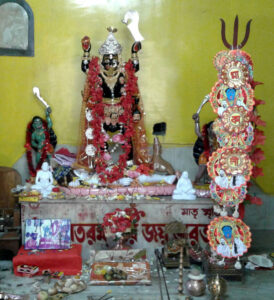
In Durgapur, a Tila is called ‘Bhabani Pathaker Tila’—I myself visited it in Kali puja day in 1973. There was (may still be existing) a Kali Mandir adjacent to that, where worship of the Goddess was taking place when I visited. It was said that the decedents of Bhabani Pathak were continuing as the Priests.
Bhabani Pathak and Devi Chaudhurani are still worshipped at temples in Sikarpur, a locality on the fringes of the Baikunthapur forest in Jalpaiguri. I have been there in 2023, when visited the forest.
REVIEW:-
This is the first independence struggle in India, which started from Bengal, almost just after it was lost. ‘Sannyasi Bidroha’ was arms struggle aiming elimination of tyrant British officers representing EIC and to get rid of the oppressive British rule. Though it was called “SANNYASI BIDROHA”—it gradually became the first armed mass uprising consisting of Ascetic Hindus, Musalman Fakirs and land lost Peasantry of Bengal (primarily WEST),Bihar, and Eastern U.P. against EIC/BRITISHERS.
The seed of struggle for Independence was sown in the mind of Bengalees from this Sannyasi Bidroha, when the spark of first independence struggle was ignited. Though geographical independence was not aimed—but the struggle was to get back by force the traditional fundamental rights of people.
The Sanyasi Bidroha started approximately around 1763 and continued till 1800, although some sources mention the beginning to be somewhere between 1760 and 1770.
Famine of 76, and Sannyasi Bidroha were co-mingled incident. They can’t be separated.
Britishers started to paint it black as well as fight and suppress it by sheer cruelty.
And it could be suppressed by EIC only around 1800. But the fire never died.
The region’s economic resources were severely depleted, and it never recovered fully.
Most of the Historians didn’t pay due consideration to this armed struggle. Sannyasi Rebellion shall be recorded as a struggle against the oppressive economic policies of a burgeoning colonial power, which was actively and forcibly changing the existing social order. I observed that Marxist interpretation and evaluation of this ‘ARMED UPRISING’ is more accurate than most of the noted Historians.
This is the first armed independence revolution of India, against Brattish EIC, though was not a consciously developed Movement, and limited to Eastern Region of India.
SOME OF THE SOURCES:
- Lorenzen, D.N. (1978). “Warrior Ascetics in Indian History”. Journal of the American Oriental Society. 98 (1). American Oriental Society: 617–675.
- BRAHMINS WHO REFUSED TO BEG: BRIEF HISTORY OF BHUMIHARS, … by Anurag Sharma.
- Sannyasi Rebellion—A. N. Chandra.
Image:https://en.wikipedia.org/wiki/File:Bhabani_Pathak,_Leader_of_the_Sannyasi_Rebellion.jpg

